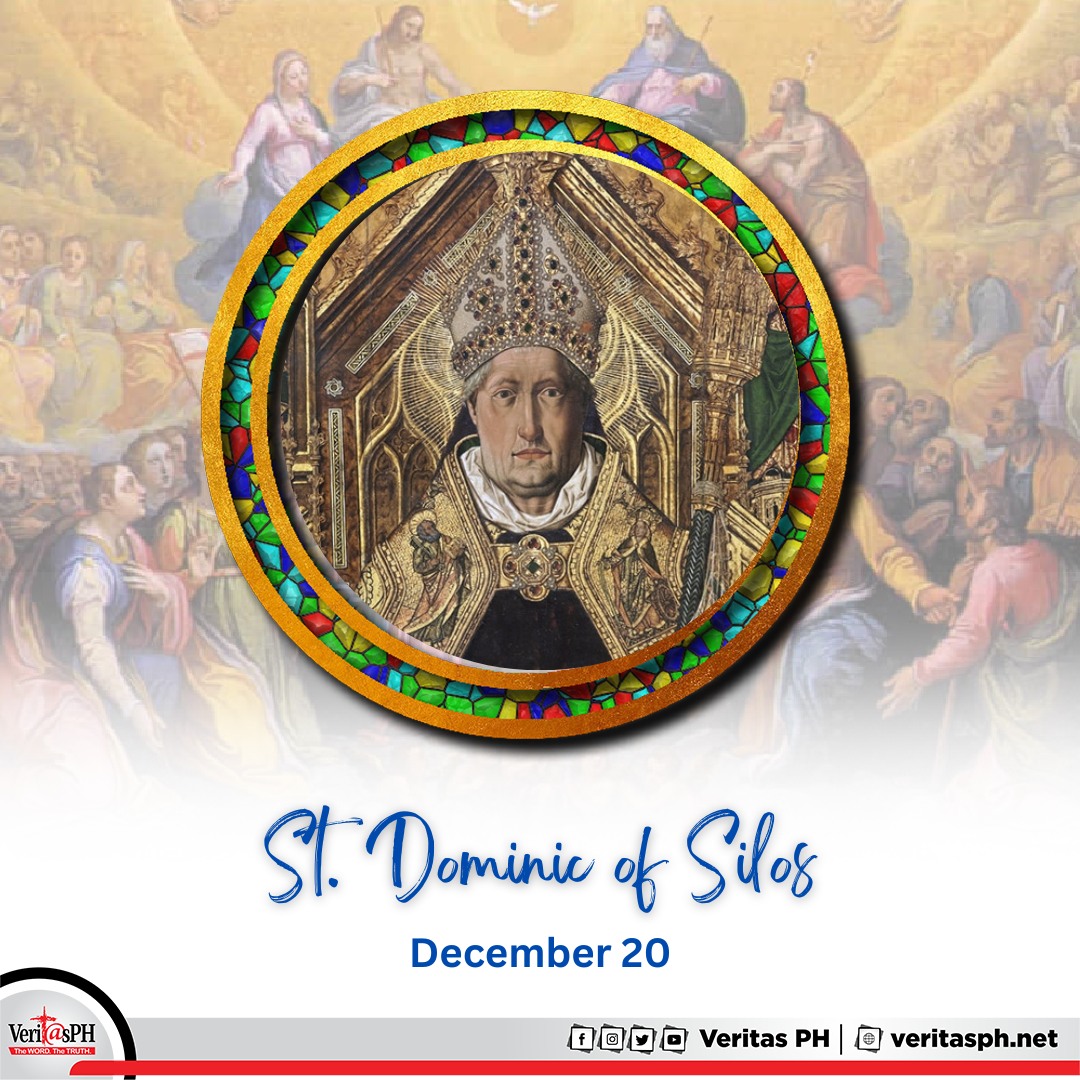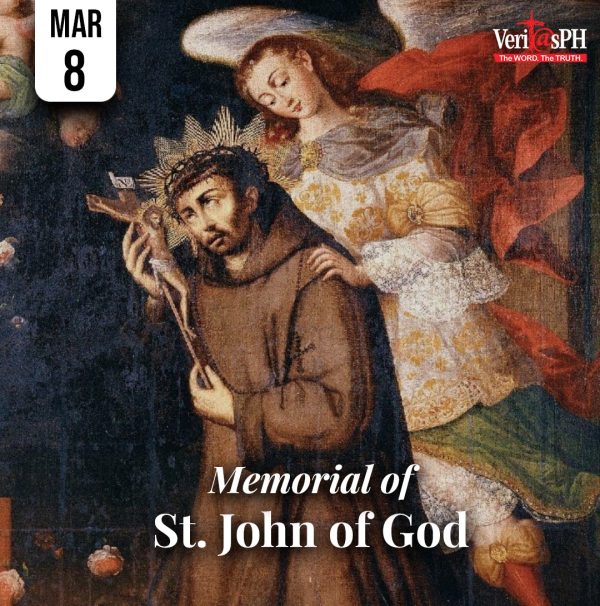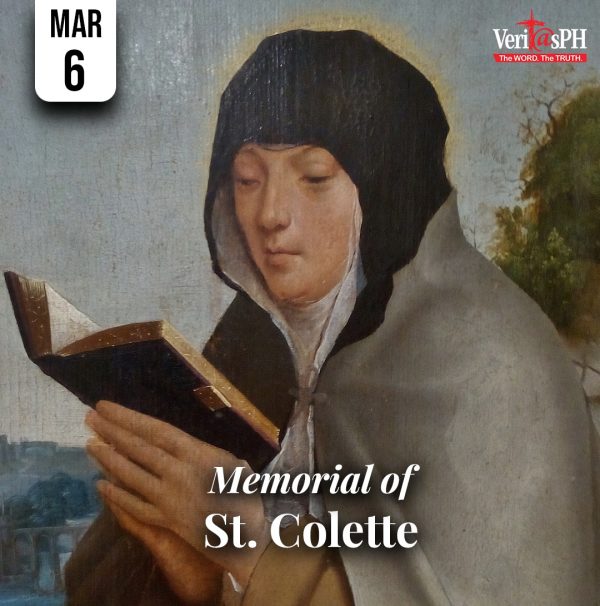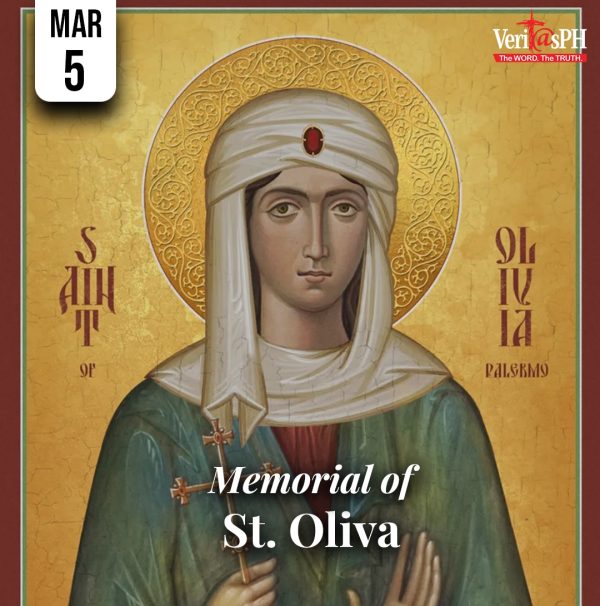9,102 total views
𝐇𝐨𝐧𝐨𝐫𝐢𝐧𝐠 𝐭𝐡𝐞 𝐒𝐚𝐢𝐧𝐭 𝐨𝐟 𝐭𝐡𝐞 𝐃𝐚𝐲: 𝐀 𝐁𝐞𝐚𝐜𝐨𝐧 𝐨𝐟 𝐅𝐚𝐢𝐭𝐡 𝐚𝐧𝐝 𝐈𝐧𝐬𝐩𝐢𝐫𝐚𝐭𝐢𝐨𝐧
𝐃𝐞𝐜𝐞𝐦𝐛𝐞𝐫 𝟐𝟎 • 𝐒𝐭. 𝐃𝐨𝐦𝐢𝐧𝐢𝐜 𝐨𝐟 𝐒𝐢𝐥𝐨𝐬
𝐅𝐀𝐂𝐓𝐒 𝐀𝐁𝐎𝐔𝐓 𝐒𝐀𝐈𝐍𝐓
It’s not the founder of the Dominicans we honor today, but there’s a poignant story that connects both Dominics.
Our saint today, Dominic of Silos, was born in Spain around the year 1000 into a peasant family. As a young boy he spent time in the fields, where he welcomed the solitude. He became a Benedictine priest and served in numerous leadership positions. Following a dispute with the king over property, Dominic and two other monks were exiled. They established a new monastery in what at first seemed an unpromising location. Under Dominic’s leadership, however, it became one of the most famous houses in Spain. Many healings were reported there.
About 100 years after Dominic’s death, a young woman who experienced difficult pregnancies made a pilgrimage to his tomb. There Dominic of Silos appeared to her and assured her that she would bear another son. The woman was Joan of Aza, and the son she bore grew up to be the “other” Dominic—Dominic Guzman, the one who founded the Dominicans.
For hundreds of years thereafter, the staff used by Saint Dominic of Silos was brought to the royal palace whenever a queen of Spain was in labor. That practice ended in 1931.
𝐏𝐑𝐀𝐘𝐄𝐑
𝘚𝘵. 𝘋𝘰𝘮𝘪𝘯𝘪𝘤 𝘰𝘧 𝘚𝘪𝘭𝘰𝘴, 𝘺𝘰𝘶 𝘢𝘱𝘱𝘦𝘢𝘳𝘦𝘥 𝘵𝘰 𝘵𝘩𝘦 𝘮𝘰𝘵𝘩𝘦𝘳 𝘰𝘧 𝘵𝘩𝘦 𝘨𝘳𝘦𝘢𝘵 𝘚𝘵. 𝘋𝘰𝘮𝘪𝘯𝘪𝘤 𝘵𝘰 𝘧𝘰𝘳𝘦𝘵𝘦𝘭𝘭 𝘩𝘦𝘳 𝘴𝘰𝘯’𝘴 𝘣𝘪𝘳𝘵𝘩, 𝘢𝘯𝘥 𝘴𝘩𝘦 𝘯𝘢𝘮𝘦𝘥 𝘩𝘪𝘮 𝘢𝘧𝘵𝘦𝘳 𝘺𝘰𝘶, 𝘢𝘴 𝘢 𝘵𝘦𝘴𝘵𝘪𝘮𝘰𝘯𝘺 𝘰𝘧 𝘺𝘰𝘶𝘳 𝘩𝘰𝘭𝘪𝘯𝘦𝘴𝘴. 𝘞𝘦 𝘢𝘴𝘬 𝘺𝘰𝘶 𝘵𝘰 𝘪𝘯𝘵𝘦𝘳𝘤𝘦𝘥𝘦 𝘧𝘰𝘳 𝘶𝘴 𝘪𝘯 𝘰𝘶𝘳 𝘱𝘳𝘢𝘺𝘦𝘳𝘴 𝘢𝘯𝘥 𝘱𝘦𝘵𝘪𝘵𝘪𝘰𝘯𝘴 𝘱𝘭𝘢𝘤𝘦𝘥 𝘰𝘯 𝘵𝘩𝘦 𝘢𝘭𝘵𝘢𝘳 𝘰𝘧 𝘵𝘩𝘦 𝘔𝘰𝘴𝘵 𝘏𝘪𝘨𝘩, 𝘪𝘯 𝘑𝘦𝘴𝘶𝘴’ 𝘕𝘢𝘮𝘦.
𝘈𝘮𝘦𝘯.






